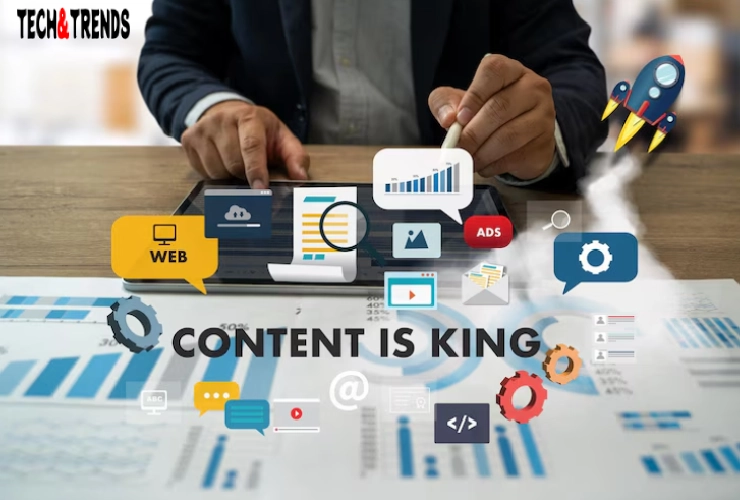Randy Travis is a famous country singer with a deep voice. He made old-style country music popular again in the 1980s. He sold many albums, won lots of awards, and acted in TV and movies. People want to know how much money he has. This article explains Randy Travis net worth and how he earned his millions.
Profile Summary
Randy Travis, born Randy Bruce Traywick on May 4, 1959, in Marshville, North Carolina, is a Grammy-winning country and gospel singer, songwriter, and actor. He is famous for bringing traditional country music back into the spotlight during the 1980s.
Travis has released over 20 studio albums and charted more than 50 singles on the Billboard Hot Country Songs charts, with 16 reaching the number-one spot. He is also recognized for his acting roles in TV shows and movies, as well as for writing books about his life and career.
| Category | Details |
|---|---|
| Full Name | Randy Bruce Traywick |
| Stage Name | Randy Travis |
| Date of Birth | May 4, 1959 |
| Place of Birth | Marshville, North Carolina, USA |
| Nationality | American |
| Occupation | Singer, Songwriter, Actor, Author |
| Genres | Country, Gospel |
| Years Active | 1978–present (as performer; with reduced activity post-2013 due to health) |
| Instruments | Vocals, Guitar |
| Labels | Warner Bros., Word Records, DreamWorks Nashville, Curb Records |
| Spouse(s) | Elizabeth Hatcher (m. 1991; div. 2010), Mary Travis (m. 2015) |
| Children | None |
| Notable Awards | 7 Grammy Awards, 11 ACM Awards, 8 Dove Awards, Country Music Hall of Fame |
| Net Worth (2025) | $12 million |
| Residence | United States |
| Height | 6 ft 2 in (1.88 m) |
| Weight | Approx. 195 lbs (88 kg) |
| Eye Color | Blue |
| Hair Color | Brown |
| Health Issues | Suffered a major stroke in 2013, ongoing recovery |
| Other Notable Facts | Inducted into the Country Music Hall of Fame (2016), owns a luxury ranch |
Early Life and Struggles
Randy Travis grew up on a modest farm in North Carolina, the second of six children. By age six, he was already helping with farm work and training horses. He learned to play guitar at age eight and soon started performing with his older brother in local talent contests.
During his teenage years, problems with the law troubled Randy Travis, and authorities arrested him for assault and breaking and entering. At age 18, he faced possible jail time, but Elizabeth Hatcher, a nightclub manager who recognized his musical talent, gave him a second chance. She became his legal guardian and mentor, helping him focus on music and leave his troubled past behind.
Breakthrough in Country Music
Randy Travis’s big break came in the mid-1980s when he signed with Warner Bros. Records. His first single, “On the Other Hand,” did not do well at first, but after his second single, “1982,” became a hit, Warner Bros. re-released “On the Other Hand,” which then reached number one on the country charts.
His debut album, “Storms of Life,” was a huge success, selling over five million copies and staying at number one on the Billboard Top Country Albums chart for eight weeks. This album marked the start of Travis’s rise to fame and his reputation as a leader of the neotraditional country movement.
Music Career Highlights
Randy Travis released a series of successful albums in the late 1980s and early 1990s, including “Always & Forever,” “Old 8×10,” and “No Holdin’ Back”. These albums earned him multiple platinum and multi-platinum certifications.
He has sold over 25 million albums worldwide and had more than 20 number-one singles, including “Forever and Ever, Amen,” “Too Gone Too Long,” and “Whisper My Name”. Travis has won seven Grammy Awards, eleven Academy of Country Music Awards, and eight Gospel Music Association Dove Awards. He was inducted into the Country Music Hall of Fame in 2016.
Acting and Writing Careers
In addition to his music, Randy Travis has appeared in many television shows and movies. He made guest appearances on popular series like “Touched by an Angel,” “Sabrina, the Teenage Witch,” and “Frasier.” He also acted in films such as “The Rainmaker,” “Black Dog,” and “The Million Dollar Kid”.
Travis has written several books, including his autobiography, “Forever and Ever, Amen: A Memoir of Music, Faith, and Braving the Storms of Life,” which has added to his income.
Health Challenges and Comeback
In 2013, Randy Travis suffered a life-threatening stroke that left him unable to walk or talk for a time. In 2024 and 2025, he surprised fans by releasing new music, including the single “Where That Came From,” which used AI technology to recreate his voice. He also released “Horses in Heaven” in January 2025. These releases kept his name in the spotlight and continued to add to his legacy and earnings.
Randy Travis Net Worth in 2025
As of 2025, Randy Travis has a net worth estimated at $12 million. This wealth comes from his long career in music, acting, and writing. His album sales, royalties, concert tours, and acting roles have all contributed to his fortune. Travis has also made money from book deals and real estate investments. For example, he built a luxury ranch in Santa Fe, New Mexico, and sold a condo in Nashville, both of which added to his wealth.
Sources of Income
Randy Travis’s main sources of income include:
- Music Sales and Royalties: He has sold millions of albums and singles, earning royalties from radio play, streaming, and sales.
- Acting Roles: Travis has appeared in many TV shows and movies, earning fees for his performances.
- Book Deals: His autobiography and other books have provided additional income.
- Real Estate Investments: Travis has bought and sold properties, including a large ranch and a condo, making profits from these transactions.
Real Estate Investments
Randy Travis has made smart real estate investments over the years. In 2002, he built a 20,000-square-foot luxury ranch in Santa Fe, New Mexico, on 220 acres. The ranch included a shooting range, bowling alley, gym, horse stables, 10 fireplaces, and a pool.
He listed the ranch for $14.7 million in 2014 and eventually lowered the price to $8.5 million before it went pending in 2021. In 2019, he sold his Nashville condo for $545,000, making a profit from his original purchase price.
Awards and Achievements
Randy Travis has received many awards and honors throughout his career. He has won seven Grammy Awards, eleven Academy of Country Music Awards, and eight Gospel Music Association Dove Awards. He was inducted into the Country Music Hall of Fame in 2016 and received a star on the Hollywood Walk of Fame in 2004. These achievements reflect his impact on country music and his lasting legacy in the industry.
Recent Projects and Legacy
Despite his health challenges, Randy Travis has continued to work on new music and projects. In 2020, he released the album “Precious Memories (Worship & Faith)” and, in 2024 and 2025, he surprised fans with new singles using AI technology. His story is one of resilience and determination, inspiring fans around the world. An upcoming biopic about his life is set to be released in 2026, ensuring that his legacy will continue for years to come.
Randy Travis’s Impact on Country Music
Randy Travis is credited with reviving traditional country music in the 1980s and inspiring a new generation of artists. His deep, rich voice and classic style set him apart from other singers of his time. He opened the door for many young artists who wanted to return to the roots of country music. Travis’s influence can still be heard in the music of today’s country stars.
Personal Life and Relationships
Randy Travis has been married twice. His first marriage was to Elizabeth Hatcher, his former manager, from 1991 to 2010. In 2015, he married Mary Travis, who has supported him through his health challenges and recovery. Travis is known for his strong faith and dedication to his family and fans.
Randy Travis’s Future
Randy Travis’s future looks bright, with new music releases and a biopic on the way. His fans continue to support him, and his music remains popular. Despite the challenges he has faced, Travis’s legacy as a country music legend is secure.
Conclusion
Randy Travis net worth is a testament to his enduring influence in country music and entertainment. Through decades of hit songs, memorable acting roles, and smart investments, he has built a legacy that extends far beyond his chart-topping success. His story is not only about financial achievement but also about perseverance, resilience, and the power of music to inspire.


















 Wife and Relationships
Wife and Relationships




